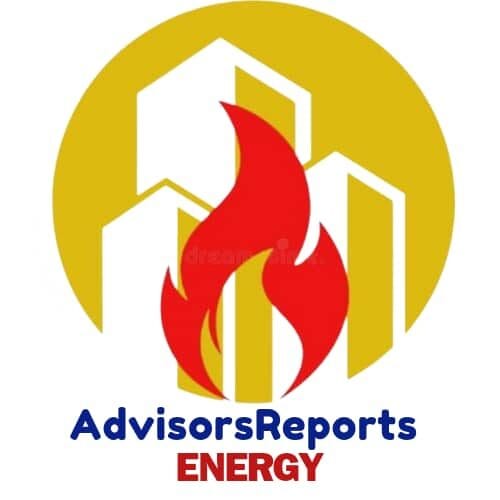reveals Nigeria’s gas reserves life index hits 92.7 years, reflecting strong long-term investment outlook
Precious Ademisoye
The Nigerian Upstream Petroleum Regulatory Commission (NUPRC) disclosed that following the enactment of the Petroleum Industry Act (PIA), it approved more than 25 Non-Associated Gas (NAG) Field Development Plans between 2024 and 2025, out of a total of 79 approved Field Development Plans (FDPs).
The Commission emphasised that about 9,790 billion standard cubic feet (BSCF) of gas reserves and 3.54 BSCF per day of production capacity have been unlocked, attracting over $4.9 billion in capital expenditure (CAPEX) investments.
Engr. Gbenga Komolafe, Commission Chief Executive (CCE), made this known in his keynote address at the 3rd Gas Investment Forum held in Lagos.
The Commission Chief Executive who was represented by Engr. Enorense Amadasu, Executive Commissioner, Development and Production, during the event stated outlined the Commission’s strategic focus on driving gas development, monetisation, and infrastructure expansion to secure Nigeria’s energy future and support economic transformation.
According to him, Nigeria’s proven gas reserves currently stand at 210.54 trillion cubic feet (TCF) comprising 109.51 TCF of Non-Associated Gas (NAG) and 101.03 TCF of Associated Gas (AG).
Of this, about 55 TCF representing 26 percent of total gas reserves remains uncommitted to existing or planned monetisation projects, signaling a massive investment opportunity for both domestic and international investors.
Amadasu noted that with an annual average daily gas production of 6.99 billion standard cubic feet (BSCF/D) in 2024, Nigeria’s Reserves Replacement Ratio (RRR) stands at 1.56, while the Reserves Life Index (RLI) is about 92.7 years an indication of long-term sustainability for investors in the country’s gas sector.
The national gas reserves, he said, grew from 208.83 TCF in 2023 to 210.54 TCF in 2025, while gas production rose from 6.91 BSCF/D to 7.61 BSCF/D, reflecting steady growth across the value chain.
The domestic market currently accounts for about 28 percent of total gas utilisation, while exports via LNG and WAGP take up 35 percent, and field use including gas lift and reinjection represents 29 percent.
On Policy Reforms and Regulatory Milestones, Engr. Amadasu enumerated several regulatory instruments that have shaped Nigeria’s gas development journey, including the Associated Gas Re-injection Act (1979), National Gas Policy (2008), Flare Gas (Prevention of Waste and Pollution) Regulations (2018), Decade of Gas Initiative, and the landmark Petroleum Industry Act (PIA) 2021.
Recent instruments such as the Domestic Gas Delivery Obligation Regulations (2022), the Gas Flaring, Venting and Methane Emissions Regulations (2023), and the Oil and Gas Companies (Tax Incentives) Order (2024) further consolidate the Commission’s pro-investment posture.
He further disclosed that the Commission is actively facilitating regulatory approvals and negotiations for upstream gas supply to major projects such as NLNG Train 7, the Ajaokuta–Kaduna–Kano (AKK) Pipeline, and the Brass Fertilizer and Petrochemical Project.
Engr. Amadasu also observed that, NUPRC is currently monitoring 19 active gas development projects, comprising 10 production facilities and 9 pipeline projects, with a combined capacity of 3.55 BSCF/D.
About 88 percent of these projects are in the engineering phase, while 12 percent have progressed to construction or fabrication.
He explained that 86 percent of the new gas production projects are targeted at the export market, particularly feed gas supply to the Nigerian LNG, while 23 percent (142 MMSCFD) are directed toward the domestic market.




